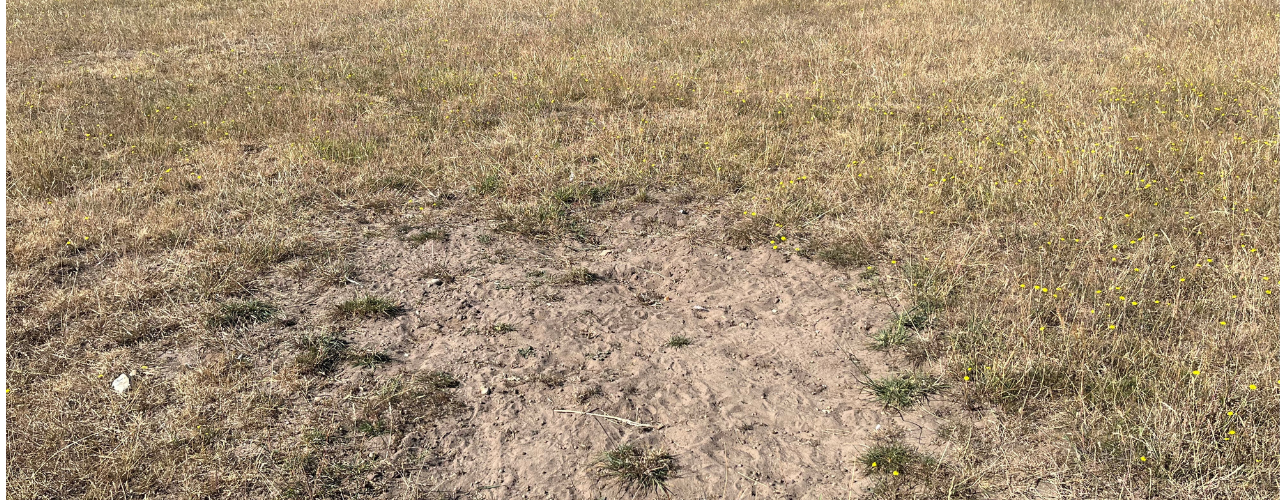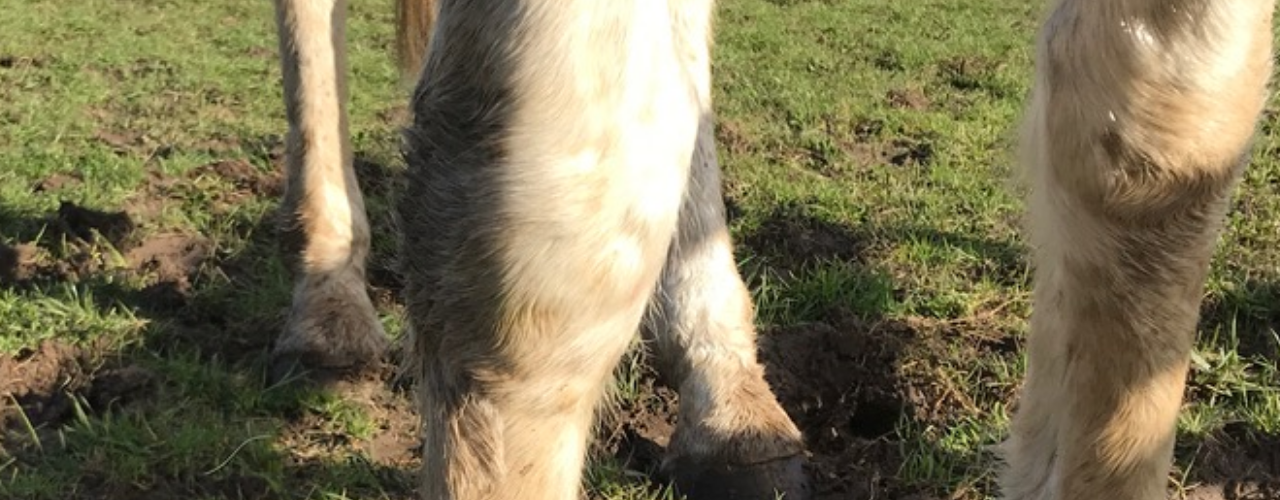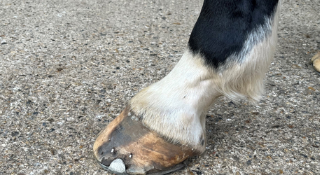
Be sand colic savvy
Keeping your horses on light sandy soil can mean less mud in the winter and easier paddock maintenance come the spring but with it...
13 July 2022
Read More
Knees up
The horse’s knee which is also referred to as the carpus, is equivalent to the human wrist. With nine bones forming three joints, held together by a complexity of ligaments, the knee joint delivers flexibility, stability and shock absorption. As an intricate and active joint, it can be susceptible to problems.
Knee troubles
Osteoarthritis
This is the most common problem affecting the knee. In performance horses it can develop because of stress-related changes in the bone cartilage within the joint. Chip fractures of the knee can also lead to arthritis within the joint and conversely chronic arthritis can lead to chip fractures. Osteoarthritis of the knee typically causes lameness and joint swelling. The horse is likely to have reduced motion and discomfort when the joint is flexed. Nerve blocks, radiographs, ultrasound, or bone scans for more complex cases, will help your vet to identify the problem joint.
Treatment
Medication injected directly into the joint is the most common treatment option, combined with rest and anti-inflammatories. In cases where the horse is no longer being ridden but is being used for breeding or as a companion, the joints may be partially or totally fused which will reduce the motion of the joint but bring relief from lameness.
Carpal chip fractures
Chip fractures (osteochondral fragmentation) are most commonly seen in racehorses and are caused by the same bone and cartilage damage that leads to osteoarthritis. A horse with a chip fracture is likely to be severely lame but it depends on the number and location of the fragments of chipped bone. A horse with a small chip may only be mildly lame. As with osteoarthritis of the knee there is likely to be heat and swelling around the joint and the horse will be unwilling to flex the knee. Radiographs, bone scans or MRI scans will confirm the diagnosis of a chip fracture.
Treatment
Keyhole surgery can be used to remove the chip and reduce the chance of significant arthritis developing but for smaller chips medication directly into the joint may help, combined with rest to enable the damage to heal. Full recovery is dependent on many factors including the severity of the fracture and age of the horse but the prognosis for performance horses that have had prompt and effective removal of the bone chips is good.
Proximal suspensory ligament desmitis
This important ligament runs close to the knee. It can result in some knee joint blocks also alleviating lameness caused by inflammation of the proximal suspensory ligament. A horse with proximal suspensory desmitis may be acutely mild to moderately lame but recover following a couple of days of rest and then become lame again when work is reintroduced. The lameness will often be more apparent of soft ground or may manifest as a change in gait. Nerve blocks are usually used to identify the lameness followed by ultrasound for a more specific picture. In some cases MRI, CT or a bone scan to identify concurrent bone lesions may be needed.
Treatment
Rest and a careful return to exercise are key for recovery from proximal suspensory desmitis. Many horses are able to return to full athletic performance. In some instances shockwave therapy, corticosteroid injections or regenerative medicines may be used or the ligament may be surgically split at the point of origin.
As with all cases of lameness it’s best to speak to your vet as soon as possible. A prompt diagnosis means treatment can commence sooner and will be likely to lead to a better outcome.
References:
https://www.horsemagazine.com/thm/2015/11/causes-of-carpal-lameness-in-horses/
Causes of Carpal Lameness in Horses
Dr Robin Bell and Professor Leo Jeffcott
Equine Performance and Imaging Centre Sydney University Veterinary Teaching Hospital Camden
The Horse magazine
Accessed 15 March 2022

Keeping your horses on light sandy soil can mean less mud in the winter and easier paddock maintenance come the spring but with it...
13 July 2022
Read More
The fetlock is a hard-working, high motion hinge joint. It is the meeting point of the cannon bone, proximal sesamoid bones and th...
20 June 2022
Read More